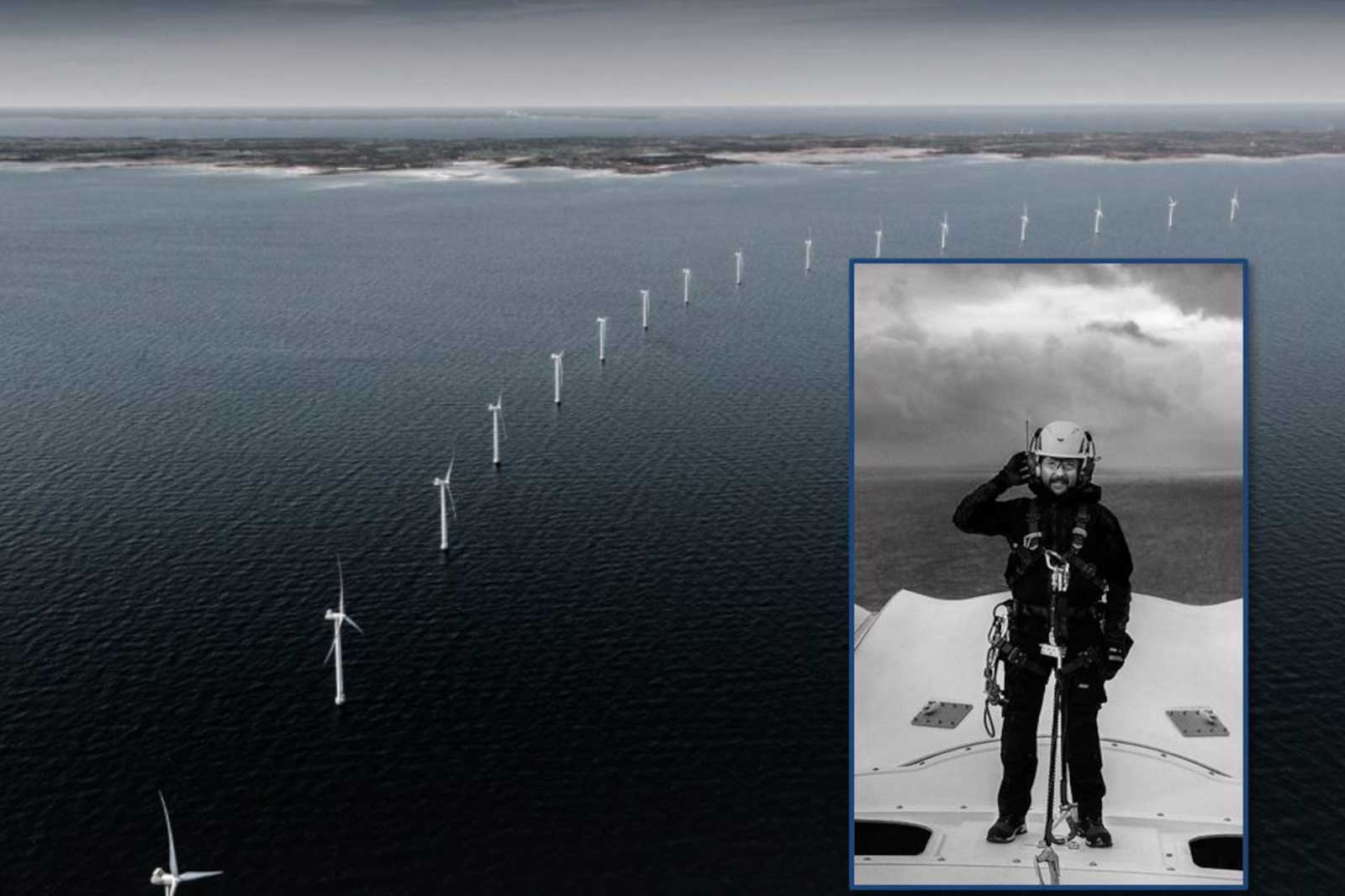Calm seas, sunset and rainbows – these are the scenes we so often see in images of RWE’s offshore wind farms. But the realities of working offshore are often far from this picture, particularly in the depths of winter. All technicians must complete rigorous safety training to work offshore but when the cold weather sets in, they face an even tougher job battling the elements to stay safe and keep the wind farms running.
Nowhere is this challenge more evident than at Kårehamn Offshore Wind Farm in Sweden. Situated 7km off the coast in the Baltic sea, conditions on site can be extreme in the winter, with temperatures often dropping below zero. Dealing with ice and snow can become commonplace during the winter months and in turn adds extra complications to an already demanding job.

